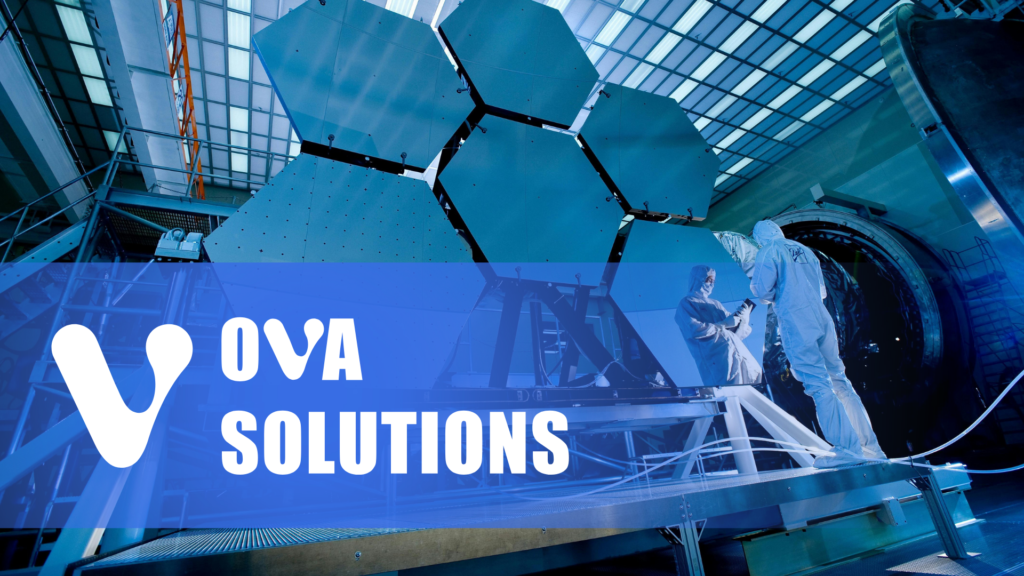HiSilicon has emerged as a game-changing player in the technology industry, offering high-performance semiconductors and system-on-chip (SoC) solutions for a wide range of applications. As a leading technology partner, HiSilicon powers innovations in industries such as medical devices, artificial intelligence (AI), telecommunications, and consumer electronics. This article explores how developers can harness the power of HiSilicon technology to create groundbreaking solutions, with a special focus on the medical and wellness sectors.
Table of Contents
Understanding HiSilicon Technology
This advanced chip technology, a semiconductor arm of Huawei, has made a mark with its advanced SoC designs and high-performance chips. Known for its cutting-edge innovations, the company provides a robust platform for developing efficient and reliable products. Key features of Huawei’s chipset platform technology include:
- High-Performance Processors: Based on advanced ARM architectures, these processors ensure robust computing power.
- AI Acceleration: Integrated AI capabilities enhance real-time data processing and decision-making.
- Power Efficiency: Optimized designs ensure low power consumption, making it ideal for portable devices.
- Scalability: Support for various applications, from IoT devices to high-end medical equipment.
- Security Features: Built-in encryption and data protection mechanisms ensure device and user safety.
Applications of HiSilicon in the Medical and Wellness Sectors
The semiconductor technology is well-suited for medical device development, where performance, accuracy, and reliability are critical. Here are some applications:
1. Wearable Health Devices
The Huawei chip platform’s low-power SoCs and AI capabilities make it ideal for wearable health monitors, such as:
- Fitness trackers.
- Continuous glucose monitors (CGMs).
- Smartwatches with ECG and SpO2 monitoring.
These devices benefit from these advanced processors’ ability to process large amounts of biometric data in real time while maintaining battery efficiency.
2. Diagnostic Imaging Systems
The Chinese tech giant’s chips chips enhance the performance of diagnostic imaging systems like ultrasound, CT, and MRI machines by enabling:
- High-speed image processing.
- AI-driven anomaly detection.
- Seamless integration with cloud platforms for remote diagnostics.
3. Remote Patient Monitoring
These powerful chipsets’ connectivity and processing capabilities are ideal for remote monitoring devices that track patient vitals and transmit data to healthcare providers. These solutions help in managing chronic conditions and improving patient outcomes.
4. AI-Powered Medical Robots
The Huawei-developed SoCs’ AI acceleration capabilities support the development of surgical robots and assistive devices, allowing:
- Precise, real-time data processing.
- Enhanced decision-making algorithms.
- Smooth integration with imaging and monitoring systems.
Benefits of Using This Semiconductor Technology for Medical Device Development
These advanced processing units’ unique features bring several advantages to medical device manufacturers:
- Enhanced Computational Power: Huawei’s silicon solutions’ advanced processors handle complex algorithms and large datasets effortlessly.
- Compact Design: The small footprint of these high-performance chips chips enables the development of portable and wearable devices.
- Customizability: Developers can tailor solutions to specific medical applications.
- Regulatory Support: The Chinese semiconductor platform provides robust support for meeting industry regulations like FDA and CE requirements.
Steps to Develop High-Performance Medical Devices with HiSilicon
Developing medical devices with These Advanced Chipsets technology requires careful planning and execution. Here’s a step-by-step guide:
1. Define Application Requirements
Identify the specific needs of your medical device, such as processing speed, power consumption, and connectivity.
2. Choose the Right Processing Solution
The Huawei chip family offers a range of SoCs tailored for different applications. Select a solution that aligns with your device’s technical and functional requirements.
3. Design and Prototyping
Leverage these semiconductor platforms’ development kits and tools to design and prototype your device. Focus on key aspects like:
- Hardware integration.
- Software optimization.
- User interface design.
4. Incorporate AI and Machine Learning
Integrate AI features for advanced diagnostics, anomaly detection, and real-time decision-making. HiSilicon’s AI acceleration capabilities simplify this process.
5. Ensure Compliance with Medical Standards
HiSilicon’s technology supports adherence to industry standards, including:
- ISO 13485 for quality management.
- IEC 60601 for safety and performance.
6. Test and Optimize
Conduct extensive testing to ensure the device meets performance, reliability, and safety benchmarks. Optimize the design for cost-effectiveness and scalability.
HiSilicon’s Ecosystem: Tools and Support
HiSilicon provides a rich ecosystem to support developers, including:
- Development Kits: Ready-to-use platforms for faster prototyping.
- AI Frameworks: Tools for integrating and optimizing AI capabilities.
- SDKs and APIs: Comprehensive libraries for software development.
- Technical Support: Access to expert guidance for troubleshooting and optimization.

Overcoming Challenges in HiSilicon Device Development
While HiSilicon offers numerous advantages, developers may face challenges such as:
- Global Trade Restrictions: Ensure compliance with international trade laws and restrictions.
- Integration Complexity: Advanced SoCs require expertise in hardware-software integration.
- Regulatory Hurdles: Adhere to stringent medical device regulations, especially in global markets.
Collaborating with experienced partners and leveraging HiSilicon’s technical support can help overcome these challenges.
Future Trends in HiSilicon-Powered Medical Devices
HiSilicon is at the forefront of several emerging trends in medical technology:
- AI-Driven Diagnostics: Enhancing diagnostic accuracy with AI-powered imaging and analysis.
- Telemedicine Expansion: Supporting real-time patient monitoring and virtual consultations.
- Miniaturization: Enabling the development of ultra-portable devices.
- 5G Integration: Enhancing connectivity for seamless data exchange.
Key Takeaways
HiSilicon technology offers a powerful platform for developing innovative medical and wellness devices. By leveraging its advanced processing, AI capabilities, and energy efficiency, developers can create solutions that meet the demands of modern healthcare.
Whether you’re building wearable devices, diagnostic systems, or AI-powered robots, HiSilicon provides the tools and resources to bring your vision to life.
Related Article: Learn more about medtech innovation in our Optical Medical Device Commercialization Guide.
What’s your next big idea for a HiSilicon-powered medical device? Share your thoughts or questions in the comments below!


